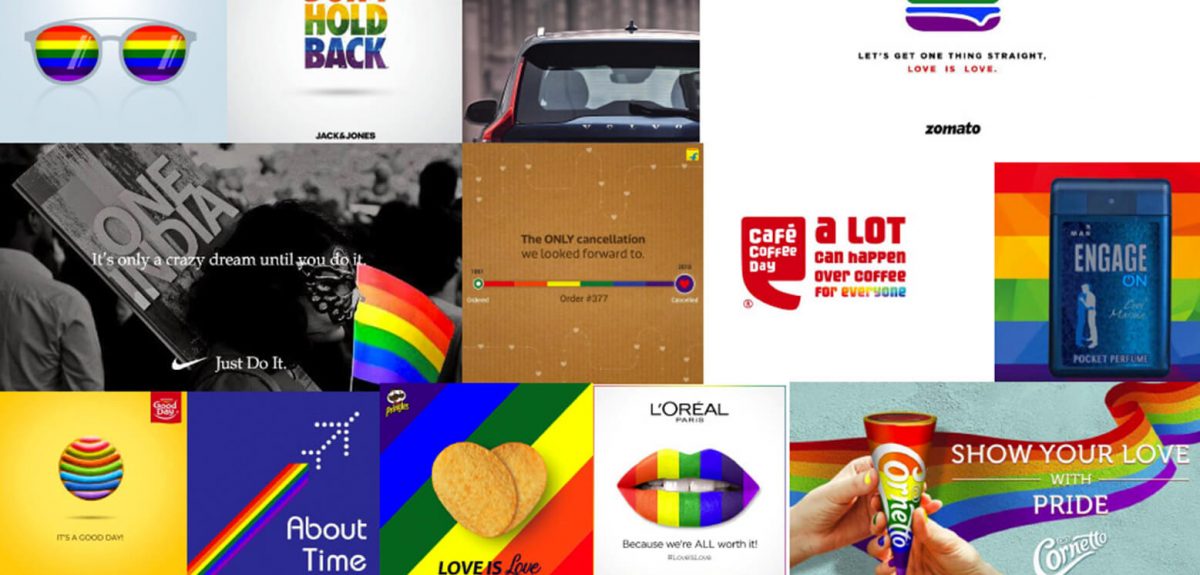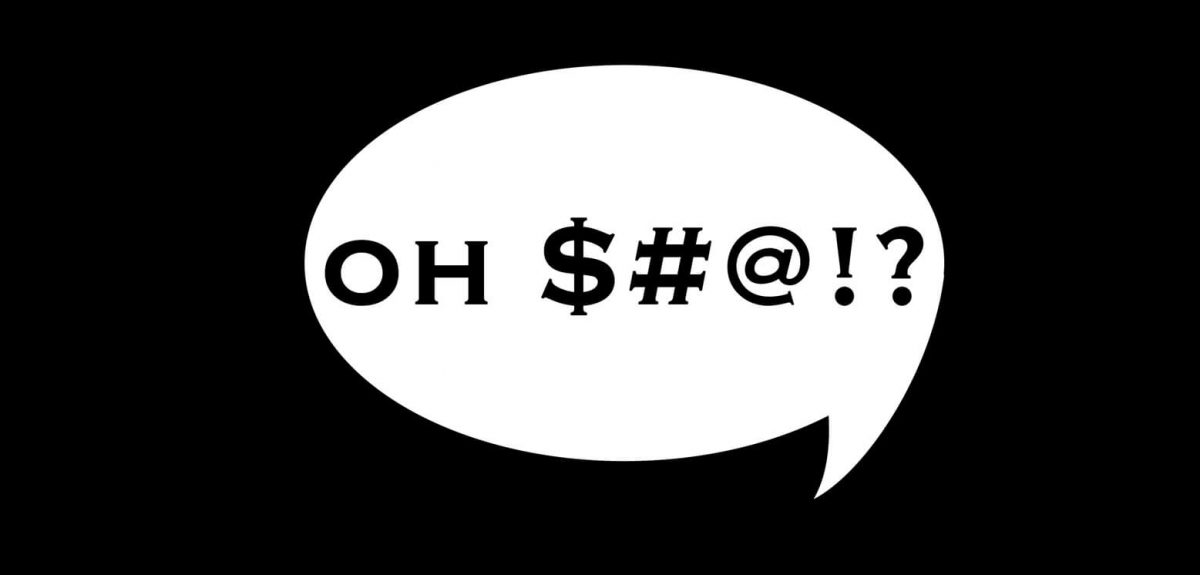Structure & usage of swear words in our daily vocabulary, and the framework within which they operate
“Life’s disappointments are harder to take when you don’t know any swear words.”– Bill Watterson
I have always been fascinated by swear words. They are disparate from each other across languages, yet globally united by the sentiment and understood by the uninitiated. As humans, our instinct is to first learn the swear words of any language. Having grown up in a disciplined nuclear family, I remember a time in my early college days when I’d promised that I would never swear. I was more driven by the meaning of the words which were unpalatable to me at every level. Soon, though, they began featuring in my everyday sentences – first as expletives, then as fillers, and now, as integral parts of speech. This transition from ‘NO abuse’ to ‘abuse ON’ intrigues me, making me try to understand what makes swear words work. Here’s my take.
Note: I’ve taken the refuge of the discipline of linguistics at a couple of places to illustrate my point, merely to provide a stronger definition for my observations.
SYNTAX [ Construction ]
Construction of a swear word mostly consists of 1-2 syllables, sometimes 3. Think of all the English swear words you know, and a quick scan will also tell you that most have a consonant as the dominating syllable. I’m certain it’s by design, because pronunciation of consonants by definition requires a stronger emphasis, adding more weight to the swear word.
PHONOLOGY [ Sounds ]
Following the syntax is the sound of the words, which I feel is the most crucial attribute of abuse. In my experience, I have rarely come across a swear word that doesn’t ‘sound’ like abuse. Probably there’s a reason they are called expletives, in that it mandates the presence of an exclamation mark. Also, draw your attention to the framing of the words – usually you’ll have to make mutually different sounds for swear words, thus making it sound more emphatic & deliberate. Swearing, thus, can be viewed as an exothermic act that allows us to release the ‘heat’ of the moment through a physically non-violent medium.
THEMES [ Topics of focus ]
An interesting feature of swear words is the apparent limitation of the topics & themes they cover, with most swear words centered on sexual organs, acts, orientations, social stigmas etc. In her book ‘Holy Sh*t: A Brief History of Swearing’, author Melissa Mohr outlines that swear words with references to human anatomy & sexuality began mainly through class-based commentary on common citizens who had to do their business in public bathrooms. This is probably one topic where our choice of words hasn’t evolved as the society has over history, though even the depth & credibility of that is debatable. There seems to be an intricate linkage between a human’s dignity & their sexual identity – such is the universal (and if I may say, unimaginative) nature of thematic choices in the world of abuse.
SEMANTICS [ Meaning ]
Languages are incomplete without meaning and swear words have their own manner of appropriating meaning. Though themes are led by sexual traits, the meanings tend to deviate basis the subject of abuse. Think about how the common Hindi swear word ‘B***C***’ is used with a vengeance when a stranger pisses you off on the streets, while it becomes an expression of affection when you greet your best friend. The literal meaning of the words is not sacrosanct, and gives in to manipulation & arbitration even at an individual level. This then, opens up a whole new lexicon for swear words.
FILLERS [ Extended usage ]
The arbitration of meaning of swear words leads them to another popular purpose, that of fillers. Increasingly, swear words are now used within sentences as filler words, and their positioning covers the whole spectrum of a sentence – a perfect example for this is the universally accepted English swear word ‘F**K’ (for the uninitiated, check out celebrity chef Gordon Ramsay talk). A simple sentence such as ‘I am going to the market’ can include the F-word either in the beginning, middle or the end of the sentence, and surprisingly, with varying implications of mood & purpose. This versatility of swear words has only lent to its growing popularity & ease of inclusion into our everyday communication.
PRAGMATICS [ Context ]
All words & meanings, including those of swear words, are ineffective without context. Context is what brings value, impact and relevance to the words we use. Swear words are no different, though they do seem to follow a faster transition rate than most words. There was a time not long ago when the absence of swear words in your speech used to signify polish & refinement. Even today, public platforms like the news, sports, social media etc. have strict regulations around the use of swear words – mostly because it’s considered unbecoming of the intended decorum. What these institutions ignore is the fact that today, swear words aren’t just for hurling abuse – they’re a sign of irreverence for a burgeoning group of highly individualistic & transient generation. The pervasive sentiment of anti-establishment, characteristic of every young generation in history, can only be made expressive through a liberal usage of swear words.
I have discovered through this exercise that swear words, like most human responses, operate mainly on an emotional premise. The rationale behind an abuse is very complicated on account of it being permeated by so many layers and complexities that are uncommon to a defined language system. They follow their own guidelines, ring in changes basis geography, class, race and so on, and evolve at their own meteoric pace. Despite the rapid evolution though, they do manage to stick to their basic & most primitive objective – having a nice fat shouting match, as & when needed, to de-stress.
F*** Y**, I guess, with love.


